Rein Jansma: Engaging Spaces
Amsterdam, 28th of April 2009: Rein Jansma loves the material world. Being an architect, he builds mostly physical infrastructure. Also, Rein loves technology and he realizes that technology and algorithms define more and more the success of the architectural practice.
Amsterdam, 28th of April 2009: Rein Jansma loves the material world. Being an architect, he builds mostly physical infrastructure. Also, Rein loves technology and he realizes that technology and algorithms define more and more the success of the architectural practice.
At his large company’s office there is a remarkable workshop sphere. One can play the latest games, print in 3D, play pool, there is a library of impressive books and beautiful objects and maquettes are on display through out. Also there is a crafts workshop where one can mold and phrase iron, wood, plastic and all their derivatives in any shape. I have known Rein for many years and mostly he does not talk about his work; he just wants to make things. It was a great pleasure and very useful for the research that he agreed to make an exception to his rule.
----------------------
Read the interview here


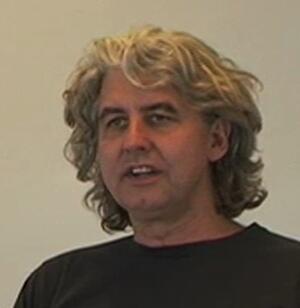
 Caroline Nevejan
Caroline Nevejan
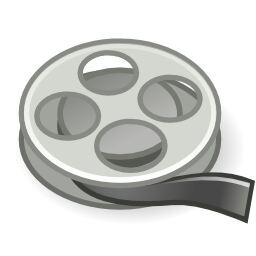

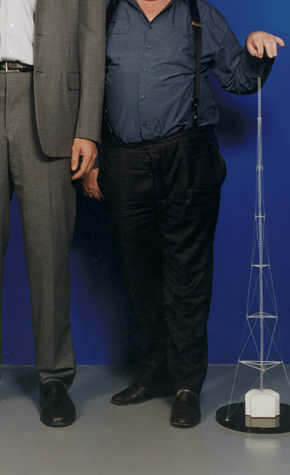

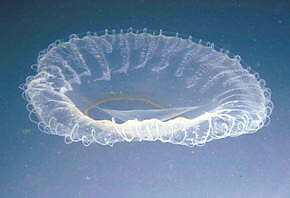

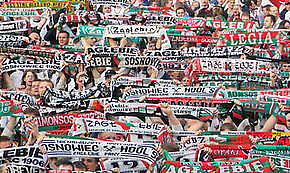

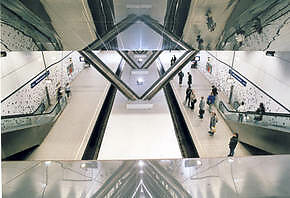

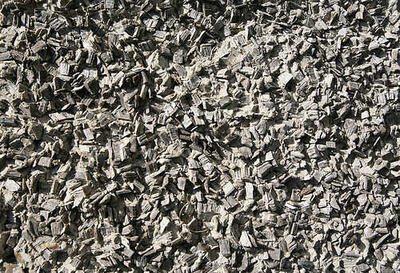

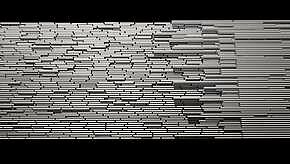

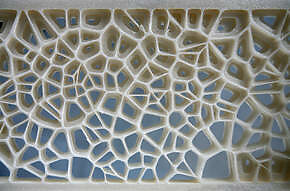
 Leen de Baat,
Leen de Baat,
 Rein Jansma,
Rein Jansma,